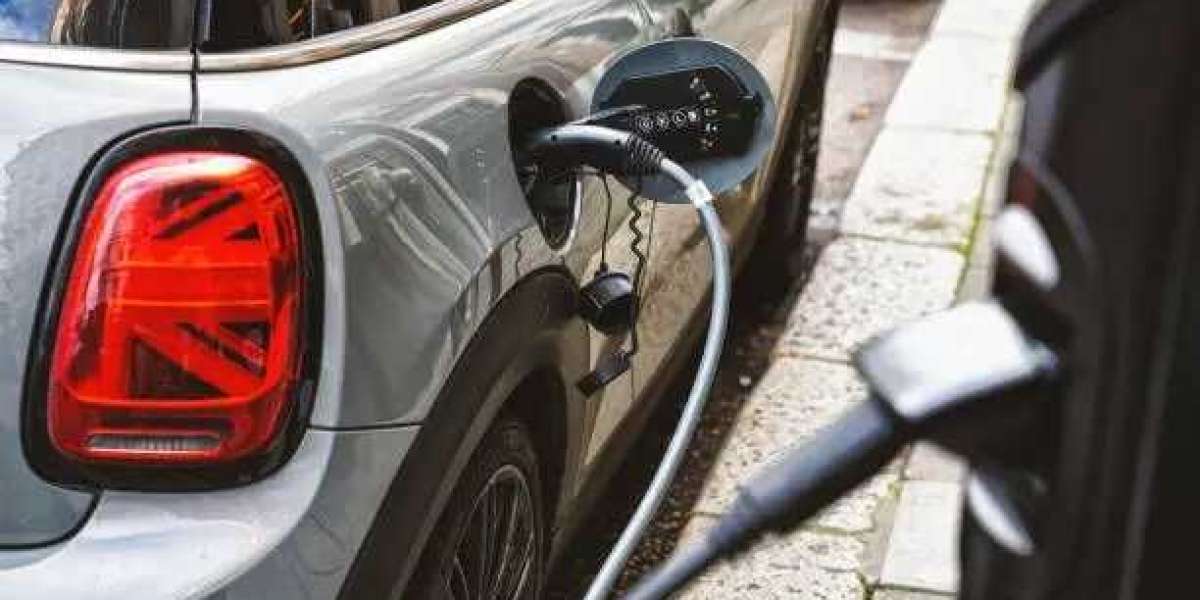Meeting the Needs of a Growing EV Market
As the global shift to electric mobility accelerates, charging infrastructure becomes critical. Among the core technologies, AC EV chargers—particularly Level 1 and Level 2—provide affordable, reliable, and widely deployable solutions. Found in homes, offices, and commercial sites, these chargers form the backbone of today’s EV ecosystem.
This article explains what AC chargers are, how they differ from DC fast chargers, the charging levels available, and key factors that influence charging speed.
What Is an AC EV Charger?
An AC EV charger supplies alternating current to an EV, which the onboard charger (OBC) converts into direct current for storage in the battery. Unlike DC chargers, which convert externally, AC chargers are cheaper, easier to install, and ideal for locations where vehicles remain parked for hours.
There are two main AC charging levels:
Level 1: Basic Charging
Standard 120V (North America) or 240V (other regions)
Power output up to 3.5 kW
Suitable for overnight charging, two-wheelers, compact cars, and short daily commutes
Common in home garages and low-demand applications
Some regions, like India, use Bharat AC-001 standards for Level 1 charging.
Level 2: Daily Charging
240V in North America, 380–400V in other markets
Power range: 7.2–22 kW
Used in residential complexes, workplaces, public lots, retail centers, and fleet depots
Compatible with multiple connectors (Type 1, Type 2, GB/T, Bharat AC-001)
Typical charging time: 4–8 hours for most passenger EVs
Level 3 (High-Power AC and DC)
Though “Level 3” usually refers to DC fast charging, some high-power AC chargers (22–43 kW) fall into this category. DC chargers, by contrast, deliver up to 400 kW and charge a battery in under 30 minutes. They are best for highways, logistics centers, and long-distance travel, while AC charging remains the cost-effective choice for daily use.
AC vs. DC Charging
| Criteria | AC Chargers | DC Chargers |
|---|---|---|
| Cost to Install | Lower | Higher |
| Speed | 3–22 kW | 50–400 kW |
| Best For | Homes, offices, malls | Highways, fleets |
| Battery Impact | Gentler | Can stress battery if overused |
| Conversion | Inside EV | External |
In short: AC for routine charging, DC for rapid top-ups.
Factors Affecting Charging Speed
Even with powerful chargers, real-world charging varies due to:
Battery capacity limits – governed by the EV’s onboard systems.
Temperature – cold slows charging; pre-conditioning helps.
Battery age – older batteries charge slower.
Battery Management System (BMS) – regulates voltage, temperature, and safety.
Active loads – heating or A/C during charging reduces efficiency.
State of charge – charging is fastest at low levels and slows near full capacity.
Why AC Charging Matters
For homes and businesses, AC chargers offer major advantages:
Lower installation cost than DC systems
Battery-friendly, prolonging lifespan
Alignment with long dwell times, like overnight or work hours
Smart energy integration, enabling off-peak charging and solar compatibility
Building Nationwide Infrastructure
DC fast charging addresses long-distance needs, but AC chargers form the everyday foundation. They support residential adoption, workplace fleets, smart grid integration, and scalable apartment solutions. Governments and utilities increasingly incentivize AC installation, reinforcing their importance.
Conclusion
While DC fast chargers attract attention for speed, AC chargers do most of the heavy lifting in daily EV life. They are cost-effective, widely deployable, and essential for sustainable EV adoption. For individuals, businesses, and policymakers, investing in AC charging is the most strategic step toward an electrified future.
It's important to know about Google SEO to help your website rank higher in search results.

